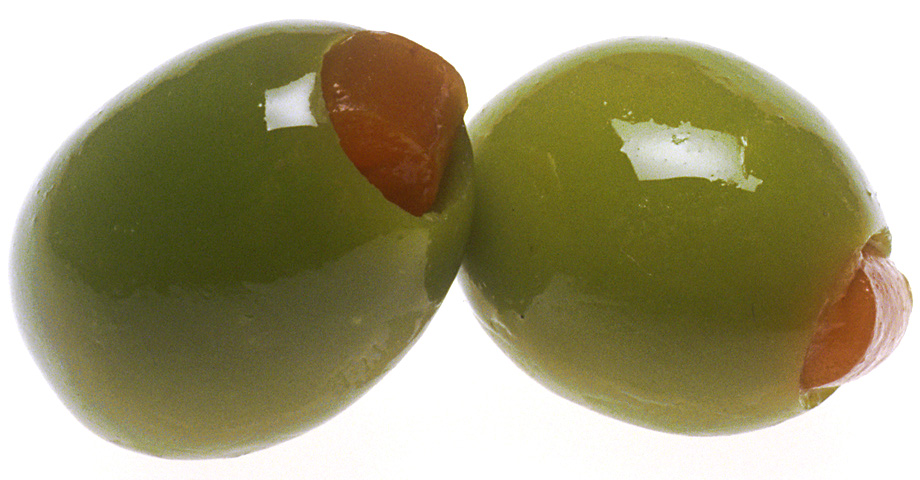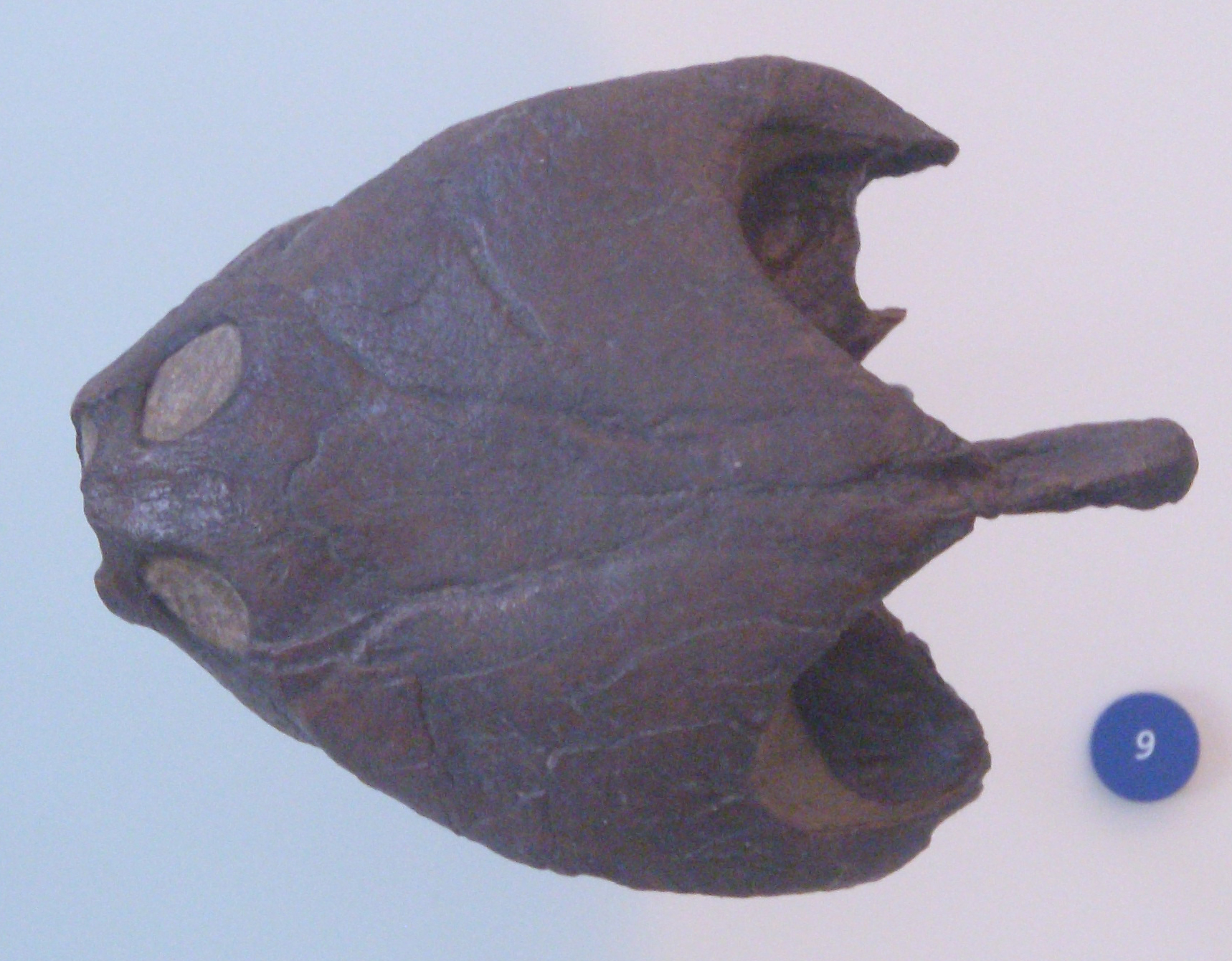|
Arrau Turtle
The Arrau turtle (''Podocnemis expansa''), also known as the South American river turtle, giant South American turtle, giant Amazon River turtle, Arrau sideneck turtle, Amazon River turtle or simply the Arrau, is the largest of the side-neck turtles (Pleurodira) and the largest freshwater turtle in Latin America. The species primarily feeds on plant material and typically nests in large groups on beaches. Due to hunting of adults, collecting of their eggs, pollution, habitat loss, and dams, the Arrau turtle is seriously threatened. Range and habitat Arrau turtles are found in the Amazon, Orinoco and Essequibo basins in Brazil, Bolivia, Peru, Ecuador, Colombia, Venezuela and Guyana. On occasion, typically after floods, individuals turn up in Trinidad. They are found in deep rivers, ponds, freshwater lagoons and flooded forest in white-, black- and clear-water. Appearance Arrau turtles can reach up to in weight and the carapace length is up to . Most individuals are conside ... [...More Info...] [...Related Items...] OR: [Wikipedia] [Google] [Baidu] |
The IUCN Red List Of Threatened Species
The International Union for Conservation of Nature (IUCN) Red List of Threatened Species, also known as the IUCN Red List or Red Data Book, founded in 1964, is the world's most comprehensive inventory of the global conservation status of biological species. It uses a set of precise criteria to evaluate the extinction risk of thousands of species and subspecies. These criteria are relevant to all species and all regions of the world. With its strong scientific base, the IUCN Red List is recognized as the most authoritative guide to the status of biological diversity. A series of Regional Red Lists are produced by countries or organizations, which assess the risk of extinction to species within a political management unit. The aim of the IUCN Red List is to convey the urgency of conservation issues to the public and policy makers, as well as help the international community to reduce species extinction. According to IUCN the formally stated goals of the Red List are to provide sc ... [...More Info...] [...Related Items...] OR: [Wikipedia] [Google] [Baidu] |
Olive (color)
Olive is a dark yellowish-green color, like that of unripe or green olives. As a color word in the English language, it appears in late Middle English. Shaded toward gray, it becomes olive drab. Variations Olivine Olivine is the typical color of the mineral olivine. The first recorded use of ''olivine'' as a color name in English was in 1912. Olive drab Olive drab is variously described as a "dull olive-green colour" (''Oxford English Dictionary'');''Oxford English Dictionary'', 5th Edition, 1982 "a shade of greenish-brown" (''Webster's New World Dictionary''); "a dark gray-green" (''MacMillan English dictionary''); "a grayish olive to dark olive brown or olive gray" (''American Heritage Dictionary''); or "A dull but fairly strong gray-green color" (''Collins English Dictionary''). It was widely used as a camouflage color for uniforms and equipment in the armed forces, particularly by the U.S. Army during the Second World War. The first recorded use of ''olive ... [...More Info...] [...Related Items...] OR: [Wikipedia] [Google] [Baidu] |
Turtles Of South America
Turtles are an order of reptiles known as Testudines, characterized by a special shell developed mainly from their ribs. Modern turtles are divided into two major groups, the Pleurodira (side necked turtles) and Cryptodira (hidden necked turtles), which differ in the way the head retracts. There are 360 living and recently extinct species of turtles, including land-dwelling tortoises and freshwater terrapins. They are found on most continents, some islands and, in the case of sea turtles, much of the ocean. Like other amniotes (reptiles, birds, and mammals) they breathe air and do not lay eggs underwater, although many species live in or around water. Turtle shells are made mostly of bone; the upper part is the domed carapace, while the underside is the flatter plastron or belly-plate. Its outer surface is covered in scales made of keratin, the material of hair, horns, and claws. The carapace bones develop from ribs that grow sideways and develop into broad flat plates tha ... [...More Info...] [...Related Items...] OR: [Wikipedia] [Google] [Baidu] |
Oryx (journal)
''Oryx—The International Journal of Conservation'' is a peer-reviewed academic journal of conservation science and practice, published bimonthly by Cambridge University Press on behalf of Fauna & Flora International. The journal publishes material on biodiversity conservation, conservation policy and sustainable use, and the interaction of these subjects with social, economic and political issues. It is interdisciplinary Interdisciplinarity or interdisciplinary studies involves the combination of multiple academic disciplines into one activity (e.g., a research project). It draws knowledge from several other fields like sociology, anthropology, psychology, ec ... and has a particular interest in material that has the potential to improve conservation management and practice, supports the publishing and communication aspirations of conservation researchers and practitioners worldwide and helps build capacity for conservation. Besides research Articles and Short Communicat ... [...More Info...] [...Related Items...] OR: [Wikipedia] [Google] [Baidu] |
Turtle Farming
Turtle farming is the practice of raising turtles and tortoises of various species commercially. Raised animals are sold for use as gourmet food, traditional medicine ingredients, or as pets. Some farms also sell young animals to other farms, either as breeding stock, or more commonly to be raised there to a larger size for subsequent resale.Darrell Senneke,Declared Turtle Trade From the United States - intro page Turtle farms primarily raise freshwater turtles (primarily, Chinese softshell turtles as a food source and sliders and cooter turtles for the pet trade);Links froDeclared Turtle Trade From the United States - breakdown by species/ref> therefore, turtle farming is usually classified as aquaculture. However, some terrestrial tortoises (e.g. '' Cuora mouhotii'') are also raised on farms for the pet trade. Only three serious attempts are believed to have been made to farm sea turtles. Only one of them, in Cayman Islands, continues to operate. The one in Australia's Torr ... [...More Info...] [...Related Items...] OR: [Wikipedia] [Google] [Baidu] |
CITES Appendix II
CITES (shorter name for the Convention on International Trade in Endangered Species of Wild Fauna and Flora, also known as the Washington Convention) is a multilateral treaty to protect endangered plants and animals from the threats of international trade. It was drafted as a result of a resolution adopted in 1963 at a meeting of members of the International Union for Conservation of Nature (IUCN). The convention was opened for signature in 1973 and CITES entered into force on 1 July 1975. Its aim is to ensure that international trade (import/export) in specimens of animals and plants included under CITES, does not threaten the survival of the species in the wild. This is achieved via a system of permits and certificates. CITES affords varying degrees of protection to more than 38,000 species. , Secretary-General of CITES is Ivonne Higuero. Background CITES is one of the largest and oldest conservation and sustainable use agreements in existence. There are three working langu ... [...More Info...] [...Related Items...] OR: [Wikipedia] [Google] [Baidu] |
Podocnemis
''Podocnemis'' is a genus of aquatic turtles, commonly known as South American river turtles, in the family Podocnemididae. The genus consists of six extant species occurring in tropical South America.''Podocnemis'' The Reptile Database. www.reptile-database.org. Three additional species are known only from fossils. Species These six species are extant. *''Podocnemis erythrocephala'' – *''Podocnemis expansa'' – *''Podocnem ...[...More Info...] [...Related Items...] OR: [Wikipedia] [Google] [Baidu] |
Traditional Medicine
Traditional medicine (also known as indigenous medicine or folk medicine) comprises medical aspects of traditional knowledge that developed over generations within the folk beliefs of various societies, including indigenous peoples, before the era of modern medicine. The World Health Organization (WHO) defines traditional medicine as "the sum total of the knowledge, skills, and practices based on the theories, beliefs, and experiences indigenous to different cultures, whether explicable or not, used in the maintenance of health as well as in the prevention, diagnosis, improvement or treatment of physical and mental illness". Traditional medicine is often contrasted with scientific medicine. In some Asian and African countries, up to 80% of the population relies on traditional medicine for their primary health care needs. When adopted outside its traditional culture, traditional medicine is often considered a form of alternative medicine. Practices known as traditional medicines ... [...More Info...] [...Related Items...] OR: [Wikipedia] [Google] [Baidu] |
IUCN Species Survival Commission
The International Union for Conservation of Nature (IUCN; officially International Union for Conservation of Nature and Natural Resources) is an international organization working in the field of nature conservation and sustainable use of natural resources. It is involved in data gathering and analysis, research, field projects, advocacy, and education. IUCN's mission is to "influence, encourage and assist societies throughout the world to conserve nature and to ensure that any use of natural resources is equitable and ecologically sustainable". Over the past decades, IUCN has widened its focus beyond conservation ecology and now incorporates issues related to sustainable development in its projects. IUCN does not itself aim to mobilize the public in support of nature conservation. It tries to influence the actions of governments, business and other stakeholders by providing information and advice and through building partnerships. The organization is best known to the wider pub ... [...More Info...] [...Related Items...] OR: [Wikipedia] [Google] [Baidu] |
Tanque Australiano
Tanque is a neighborhood in the West Zone of Rio de Janeiro, Brazil Brazil ( pt, Brasil; ), officially the Federative Republic of Brazil (Portuguese: ), is the largest country in both South America and Latin America. At and with over 217 million people, Brazil is the world's fifth-largest country by area .... Neighbourhoods in Rio de Janeiro (city) {{RiodeJaneiro-geo-stub ... [...More Info...] [...Related Items...] OR: [Wikipedia] [Google] [Baidu] |
Temperature-dependent Sex Determination
Temperature-dependent sex determination (TSD) is a type of environmental sex determination in which the temperatures experienced during embryonic/larval development determine the sex of the offspring. It is only observed in reptiles and teleost fish. TSD differs from the chromosomal sex-determination systems common among vertebrates. It is the most studied type of environmental sex determination (ESD). Some other conditions, e.g. density, pH, and environmental background color, are also observed to alter sex ratio, which could be classified either as temperature-dependent sex determination or temperature-dependent sex differentiation, depending on the involved mechanisms. As sex-determining mechanisms, TSD and genetic sex determination (GSD) should be considered in an equivalent manner, which can lead to reconsidering the status of fish species that are claimed to have TSD when submitted to extreme temperatures instead of the temperature experienced during development in the wild, si ... [...More Info...] [...Related Items...] OR: [Wikipedia] [Google] [Baidu] |




